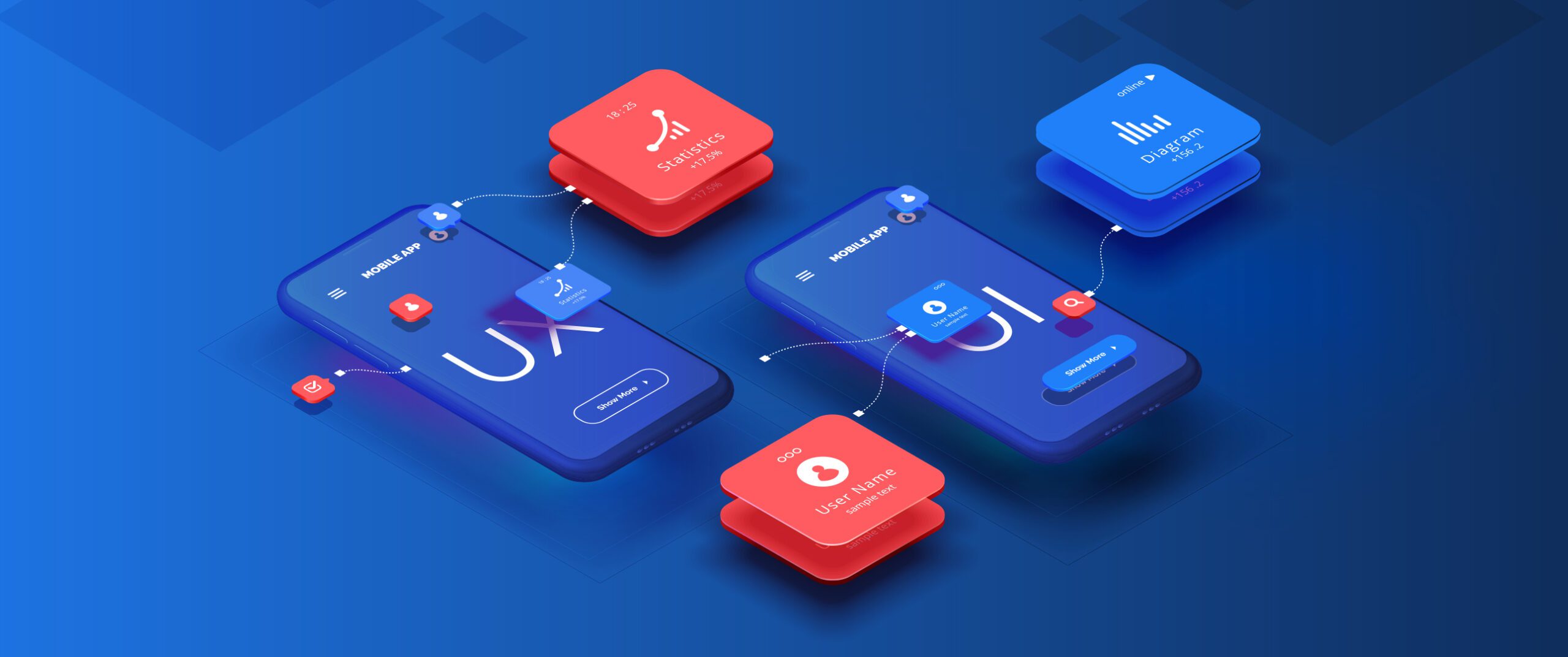ABCDou Insights
Exploring the world of news, trends, and information.
Designing Delight: When Buttons Become Best Friends
Unleash the magic of design! Discover how buttons can transform user experiences and become your website's best friends. Click to learn more!
5 Essential Principles for Designing User-Friendly Buttons
Creating user-friendly buttons is a critical aspect of web design that can significantly impact user experience and conversion rates. To achieve this, designers should adhere to five essential principles. First, visibility is key; buttons should stand out from the background and be easily identifiable, using contrasting colors and adequate size. Second, clarity in labeling is vital; button text should be concise and clearly indicate the action, such as 'Sign Up' or 'Buy Now', ensuring users know what to expect when they click.
Third, consistency across the website enhances usability; buttons should maintain uniform style elements, such as color, shape, and font, to foster a cohesive experience. Fourth, consider hover effects and feedback; providing visual cues when a user hovers over a button can reinforce engagement and guide their actions. Finally, remember the importance of mobile responsiveness; buttons must be appropriately sized and spaced for touch devices to accommodate users accessing your site on various platforms.

How Button Design Influences User Engagement
The design of buttons on a website plays a crucial role in influencing user engagement. A well-crafted button can significantly enhance the user experience by guiding visitors toward desired actions. For instance, colors that contrast with the background can attract attention and encourage clicks. Research has shown that using vibrant colors such as bright green or orange for call-to-action buttons can lead to improved conversion rates. Additionally, incorporating clear and concise text on buttons ensures users understand their purpose, making them more likely to engage.
Another important factor in button design is size and placement. Buttons should be adequately sized to ensure they are easily clickable on both desktop and mobile devices. Moreover, placing buttons in strategic locations, such as above the fold or at the end of a persuasive section, can greatly enhance visibility and accessibility. Using design principles like white space around buttons can help in making them stand out, thereby increasing the chances of user interaction. Ultimately, thoughtful button design not only improves aesthetics but also promotes higher user engagement and conversion rates.
What Makes a Button Truly Delightful?
In the realm of web design, a button is not just a functional element but an opportunity to engage users. A truly delightful button goes beyond the basics of shape and color; it captivates the user's attention and invites interaction. One key aspect is the visual appeal. This includes factors such as size, shape, color, and hover effects that provide instant feedback. A well-designed button can utilize contrasting colors to pop against its background, encouraging clicks and creating a sense of urgency. In addition, subtle animations upon hover or click can make the experience feel dynamic and alive, drawing users in and enhancing their overall interaction.
Another crucial factor that makes a button delightful is its usability. A delightful button should be intuitive and positioned where users expect to find it. This means adhering to design conventions but also considering the context in which it appears. Furthermore, clear and concise text on the button itself is essential; it should tell the user exactly what action will be performed, such as 'Submit,' 'Learn More,' or 'Get Started.' Enhancing accessibility by ensuring buttons are easy to identify and click on can transform a simple interaction into a memorable experience. Ultimately, a delightful button combines aesthetics with functionality, creating an inviting and effective user experience.